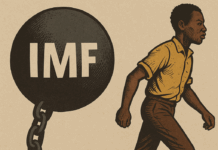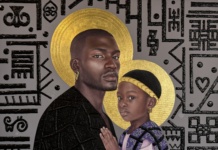
Black History Month Special
By Iyamide Thomas – On 21st August 2022, I organised a heritage walk (with historian Steve Martin) in Clapham Common as part of the Mayor of London’s ‘London Unseen’, a season of Heritage Tours and Trails funded by the Mayor of London’s Commission for Diversity in the Public Realm. Clapham has fascinating links to my Sierra Leonean Krio history and heritage and was perfect to recount this incredible, often untold history of the City of London.

The ‘Krio’ people are the descendants of various African-American, African and Caribbean previously enslaved and free peoples who abolitionists such as Granville Sharp, William Wilberforce and Henry Thornton resettled in Sierra Leone’s ‘Province of Freedom’ from 1787 onwards. They and a few other abolitionists were known as the ‘Clapham Sect’ – mainly prominent, wealthy, evangelical Anglicans who worshipped at Holy Trinity Church on Clapham Common at the end of the 18th Century. Cousins William Wilberforce and Henry Thornton (who became Members of Parliament for Yorkshire and Southwark respectively) were two of the group’s most influential leaders and many of the Sect’s meetings were held in their house in Clapham. The British had effectively started the triangular Transatlantic Slave Trade when John Hawkins first captured 300 people from Sierra Leone in 1562 and sold them to Spanish plantations in the Americas. So, it seems only right that there were those (for whatever reason, hopefully altruistic) who sought to end this heinous crime against humanity!
In 1799, the Sect founded the ‘African Academy’, a school to educate children from Sierra Leone and send them back mainly as missionaries. Some of these children are buried in Clapham.
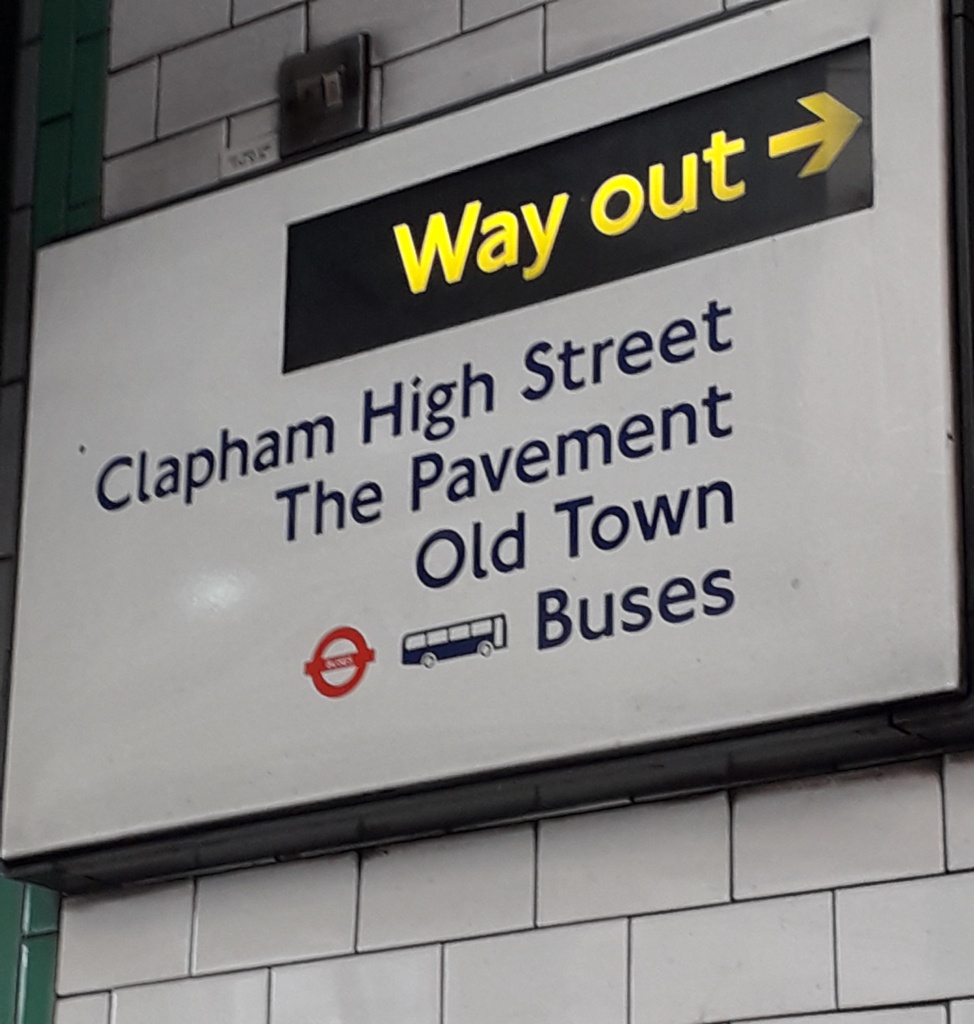
So it was that on a glorious, warm and dry afternoon (my prayers had definitely been answered!) Steve and I welcomed participants outside Clapham Common Tube station, by the clock tower which I learnt was unveiled in 1906, dismantled and rebuilt when the new ticket hall below it was built. Food bags and registrants sorted, my introduction followed and included the fact that it was a Krio descendant named Ivor Cummings who as the first Black man to work for the British Colonial Office in London (as Assistant Welfare Officer) is said to have suggested the air raid bomb shelter near Clapham South Tube Station be used to temporarily house the new arrivals from the Empire Windrush docked at Tilbury in June 1948. Ivor Cummings helped them settle and find employment and as the nearest labour exchange to the shelter was in Brixton, many of the settlers set up home there, making it one of Britain’s first Caribbean communities. So, in a way Ivor Cummings – a Krio man- can be credited for the early African-Caribbean make up of Brixton!
Spot The Plaque!
Then at about 2.15pm, twenty-three people set off (well, twenty-five if you include the two little ones in buggies!) and our first stop was near 5, The Pavement which was the former house of Zachary Macaulay, a member of the Clapham Sect who also became a Governor of the Sierra Leone Colony. Gathered underneath some trees, Steve challenged us to spot the plaque. Not easy as it was way up above the Waitrose opposite, though the more eagle-eyed did eventually spot it!
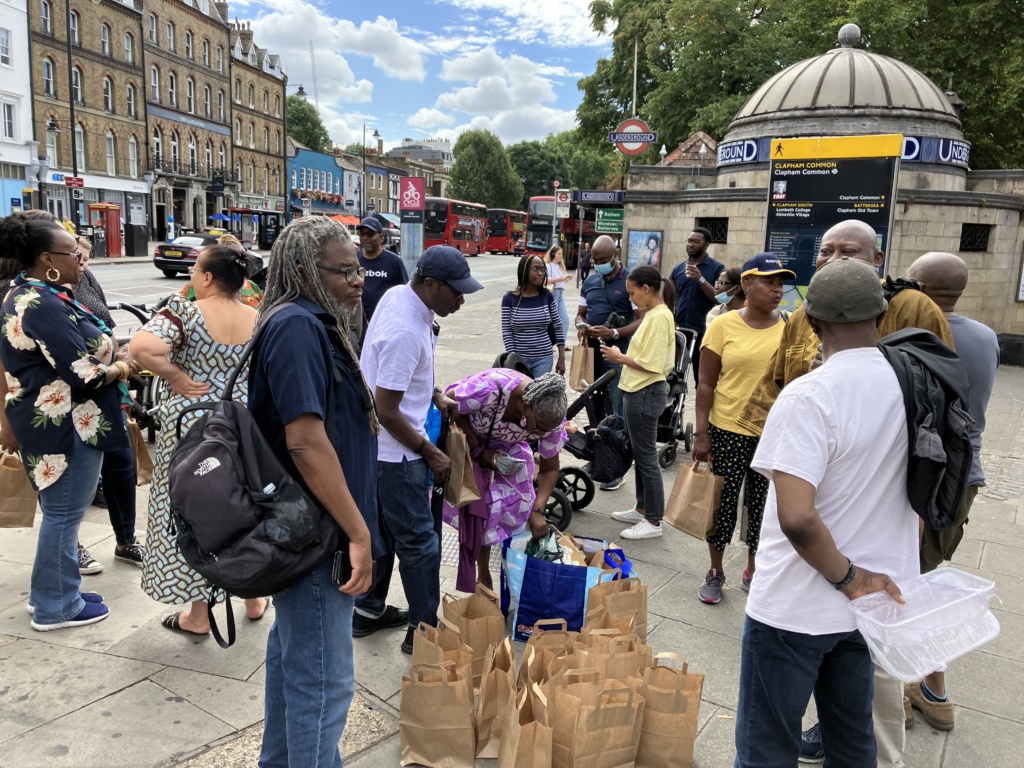
The ‘Clapham Sect’
Next was the historic Holy Trinity, a parish church for Clapham, first opened in 1776, the year America declared its independence from Britain. At the front was a blue plaque to commemorate the fact that William Wilberforce and his companions worshipped there and at the side was a World War 2 bomb damaged plaque which listed members of the Sect.
A Notorious Merchant
Next, we gathered opposite 30 Clapham Common North Side, near the former home of George Hibbert, a prominent West India “merchant” and one of the minds behind the creation of the West India Docks where produce from the plantations was processed. Hibbert became the first Chairman of the West India Docks Company and his portrait hangs in the London, Sugar and Slavery gallery of the Museum of London Docklands at West India Quays. He later became a Member of Parliament and would vehemently argue against Wilberforce and abolition of the slave trade. Ironically, he also worshipped at the Holy Trinity church with Wilberforce and other abolitionists!
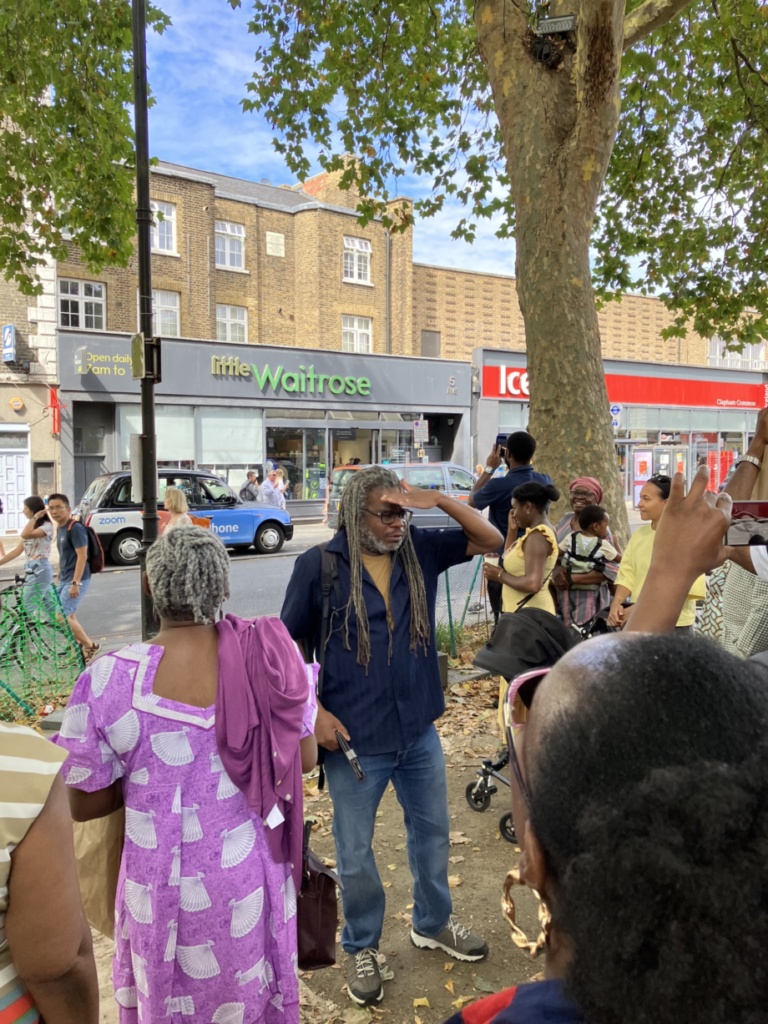
Education, Education, Education!
You’ve guessed it, we were now heading towards the African Academy, but first two interesting stops. One by a blue plaque at the former home of author Graham Greene where I informed walkers that his famous book ‘The Heart of the Matter’ was based on his experience living in Sierra Leone as a “British Intelligence Officer” in World War 2. Probably a nice way of saying ‘spy’? Another short walk and we stop near the site of the old Clapham Hall where according to the Clapham Gazette of 1 February 1868 (well, Steve!) an evening entertainment had taken place on 14 January in which minstrels performed and an oration about the distinction between ‘white minstrels’ and ‘black minstrels’ took place. I have substituted ‘minstrels’ for the derogatory n-word that was actually used! Those were awful times of racism and stereotyping and thank goodness the BBC’s ‘Black and White Minstrel show’ is now a thing of the past.


We then headed to Clapham Old Town to a Georgian House on Rectory Grove. In 1799, Zachary Macaulay (remember him from earlier?) returned to Britain from Sierra Leone, bringing with him 25 children (mainly boys), aged from 10 to 19 and set up a school known as the ‘African Academy’. The aim was to train this young generation in the skills to support the colony and return them to Africa. Reading, writing, arithmetic were taught, but emphasis was also on religious instruction. The school ended in tragedy as one by one many of the children died, not of the cold, but measles! Sadly, of the original 25 only six students had survived by 1806 and only a few returned to Sierra Leone. Two of the boys are thought to be buried in the churchyard of St Paul’s Church which was our next destination.

For a perspective of the African Academy as only Steve can give see video clips below.
Last Stop
Our last official stop on this interesting walk was the cemetery at St Paul’s Church where two of the boys from the school are thought to be buried, although there are no identifiable headstones. What is clearly identifiable is the Hibbert family tomb as you enter the churchyard where the son of George Hibbert, also called ‘George’ is buried. One of the children from the school, another ‘ George’ (Did they all have to name their children after the reigning King George?!) was the son of John Kizell who is worth knowing about. John Kizell was born in Sierra Leone, enslaved as a child and taken to South Carolina. During the American Revolutionary War he gained freedom with the British and was amongst the Black Loyalists shipped to Nova Scotia. In 1792, John Kizell was amongst those Black Loyalists that left for Sierra Leone and was uniquely one of only 50 native-born Africans out of the 1200 returnees. He became a leader and worked with both the British Colonial Government and agents of the American Colonisation Society.
Learn more about John Kizell from video clips below.
Food and Drink Time!
After our interesting , educational walkabout, it was time to network and sample some delicious Sierra Leonean finger food (including ‘akara’) and fiery home-made ginger-beer. This we did on some nearby benches and was the perfect end to an interesting day!
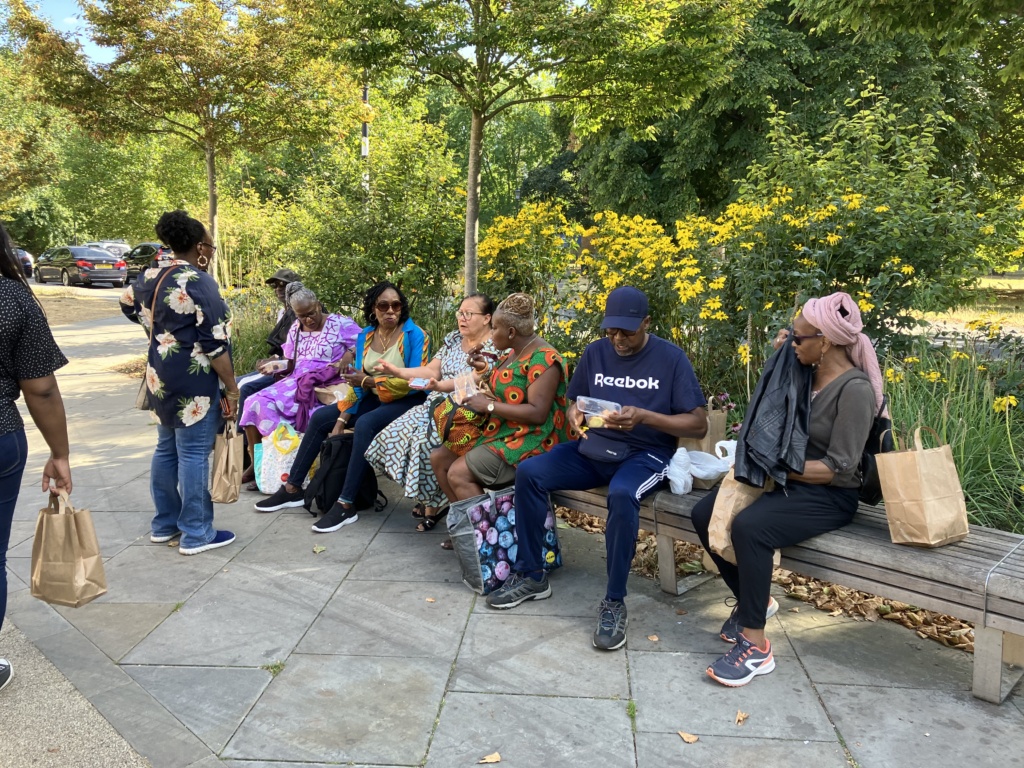
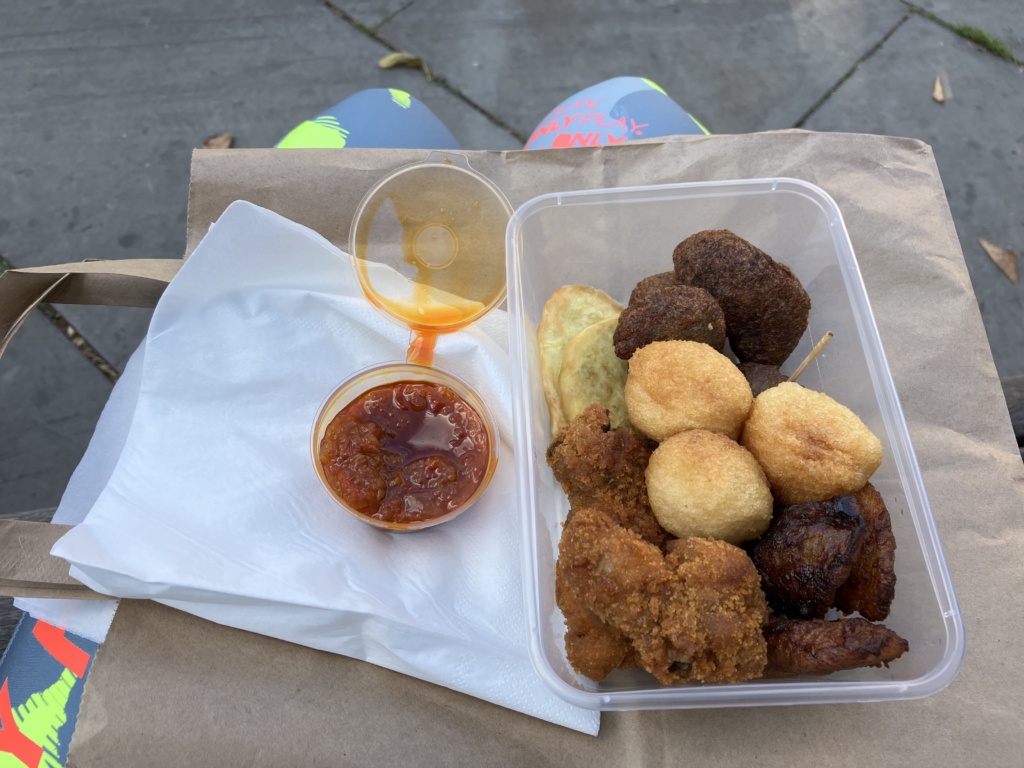
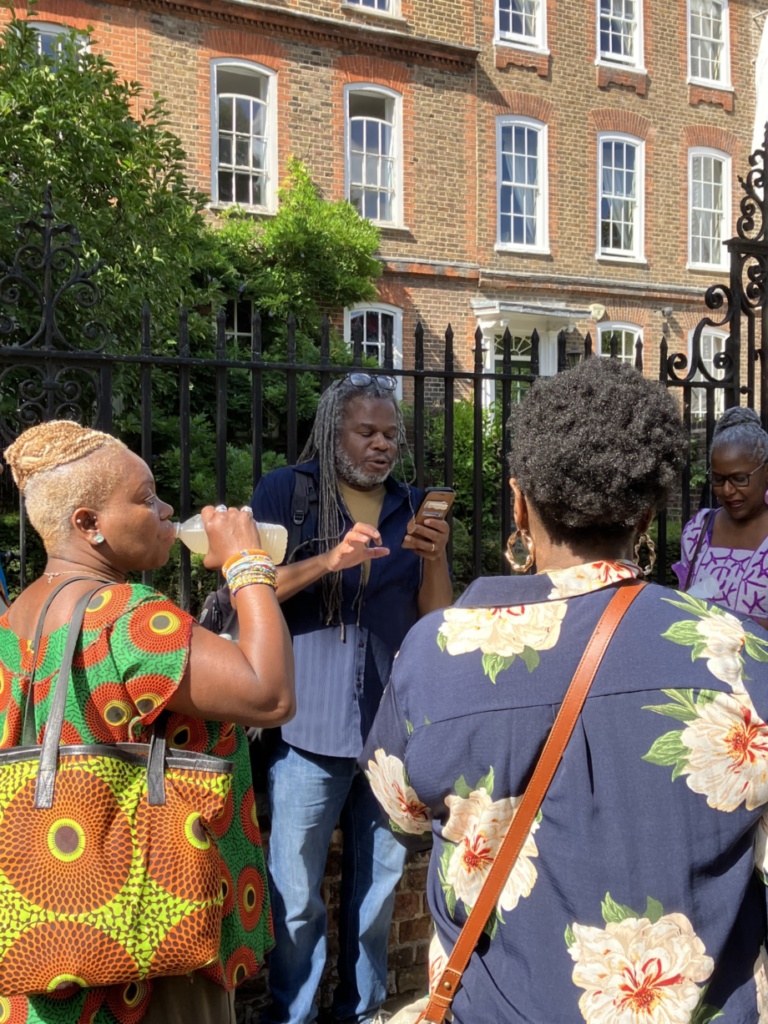
Video clips of the walk:
(Photo Credits: Vanessa Ansa and Hassan Aliyu. Video Credit: Wilfred Wright)
Iyamide Thomas does historical research as a pastime and curated ‘The Krios of Sierra Leone’ exhibition at the Museum of London Docklands which ended in July 2021.
Steve I. Martin is an author and historian. He is also a consultant and curator working on archival projects and exhibitions for museums and galleries nationwide. Steve also conducts Black History and other walks which often tell London’s untold stories.
Kindly follow us on twitter:@AfricanVoice2




